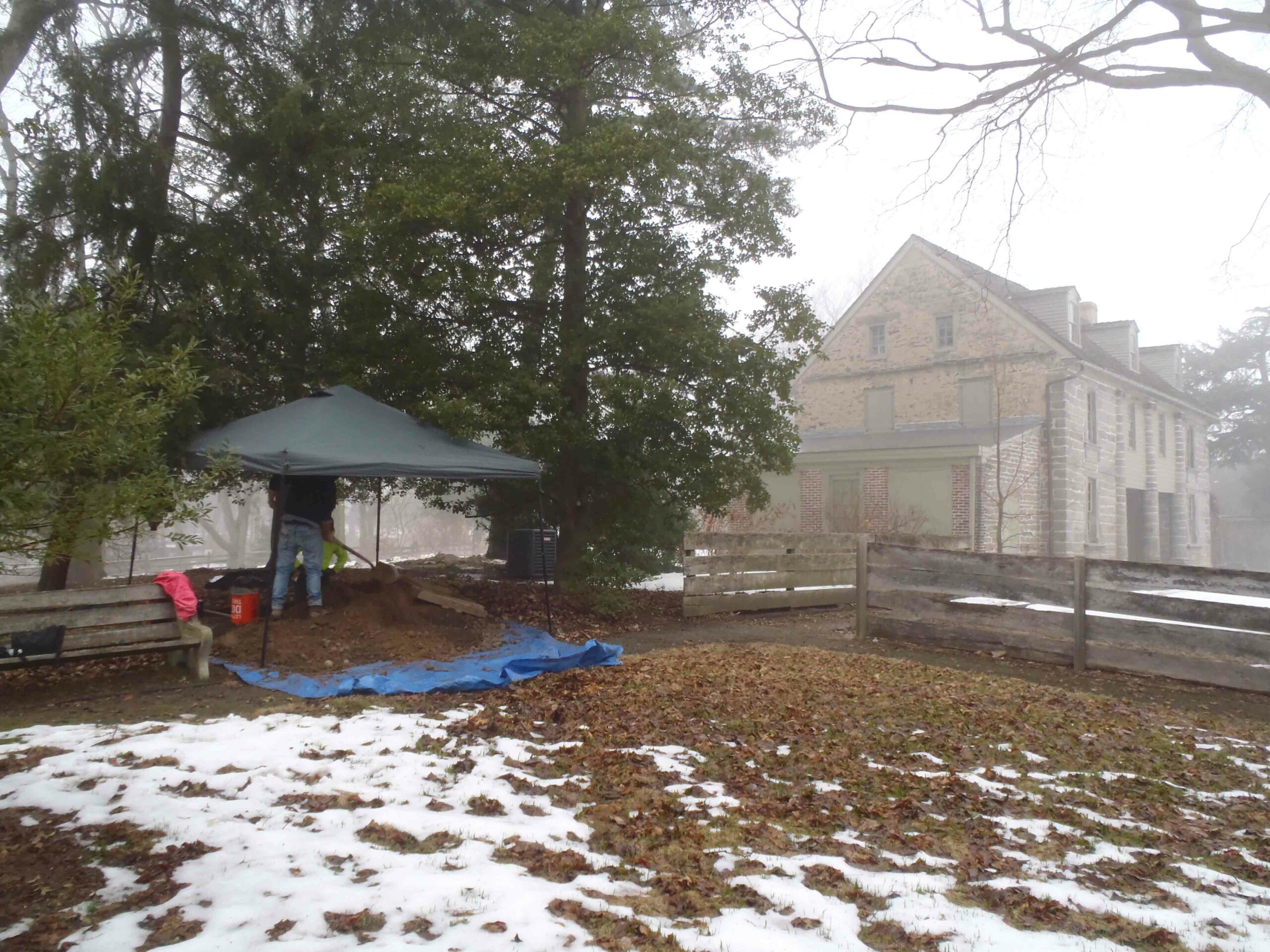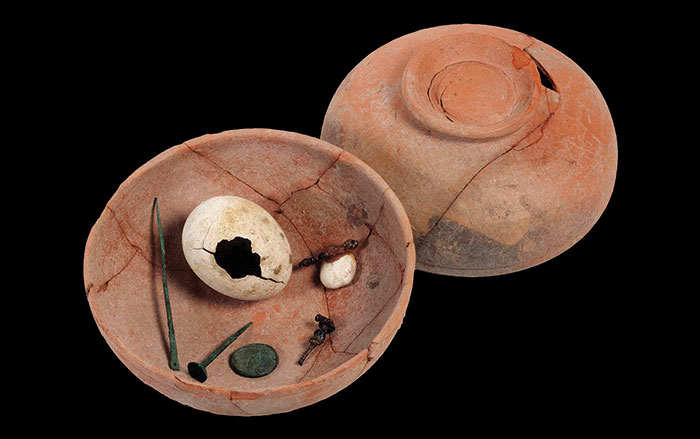
YORK, ENGLAND—Samples of dental calculus obtained from 7,000-year-old skeletons at Al Khiday, a prehistoric site on the White Nile in Central Sudan, have been analyzed by an international team of scientists. Chemical compounds and microfossils in the calcified dental plaque suggest that purple nut sedge (Cyperus rotundus) was an important part of the diet. It is a good source of carbohydrates and it inhibits the growth of Streptococcus mutans, a bacterium that contributes to tooth decay. The researchers did observe a low level of dental cavities in the population. “We also discovered that these people ate several other plants and we found traces of smoke, evidence for cooking, and for chewing plant fibers to prepare raw materials. These small biographical details add to the growing evidence that prehistoric people had a detailed understanding of plants long before the development of agriculture,” Karen Hardy of the Universitat Autònoma de Barcelona told Science Daily. The people of Al Khiday continued to eat the beneficial purple nut sedge after agricultural plants had been introduced to their diets.










